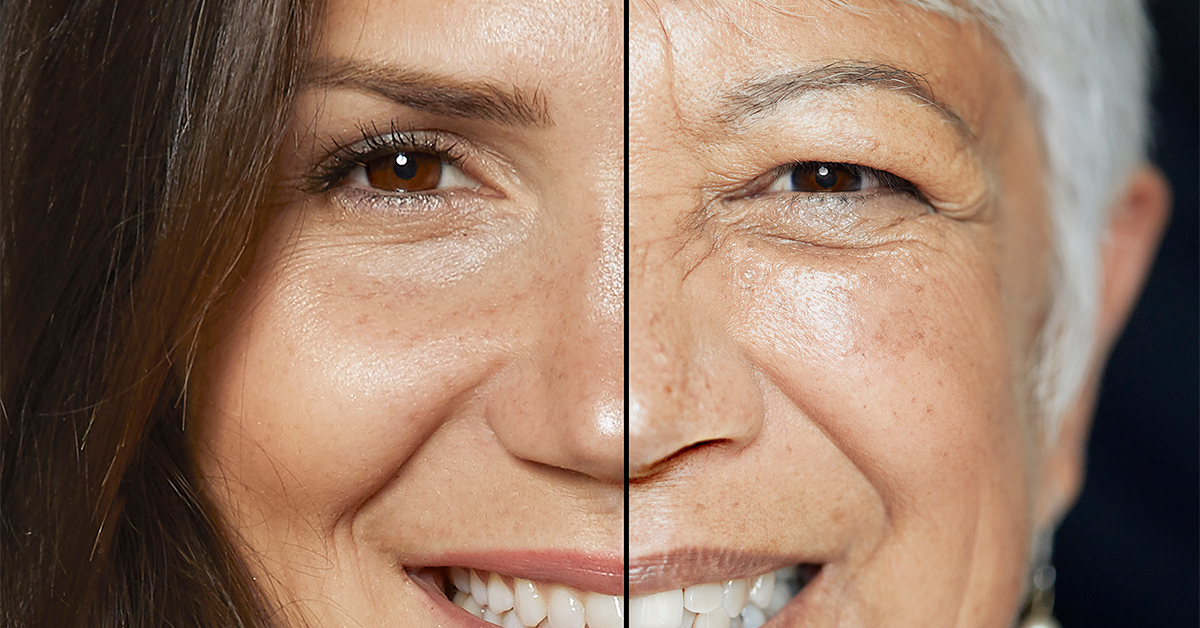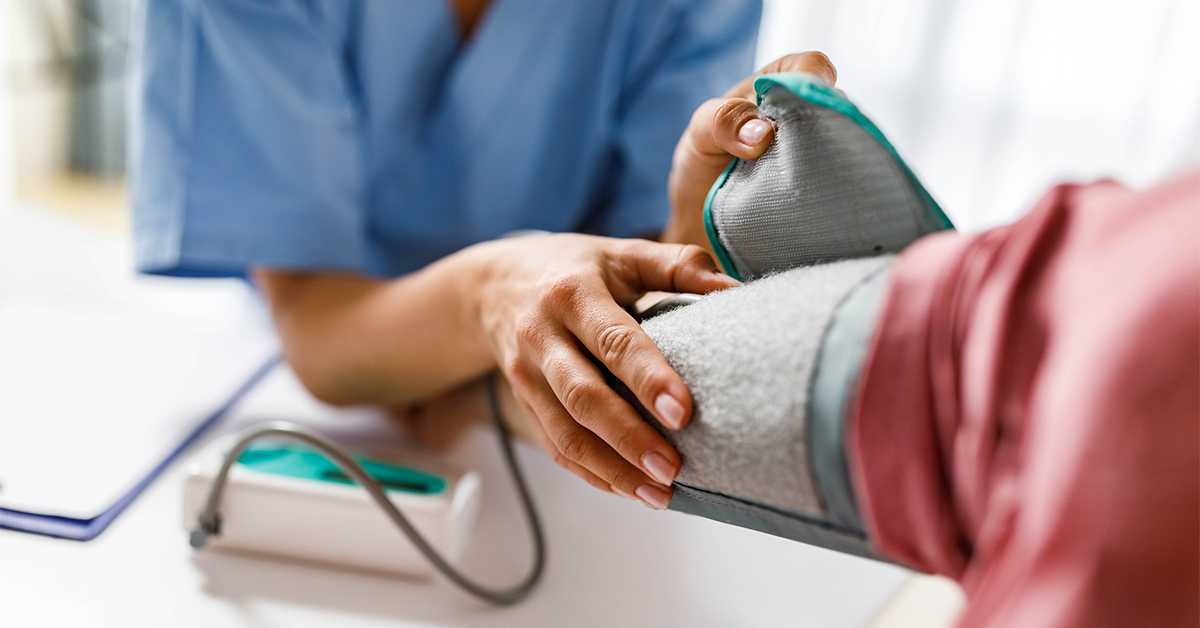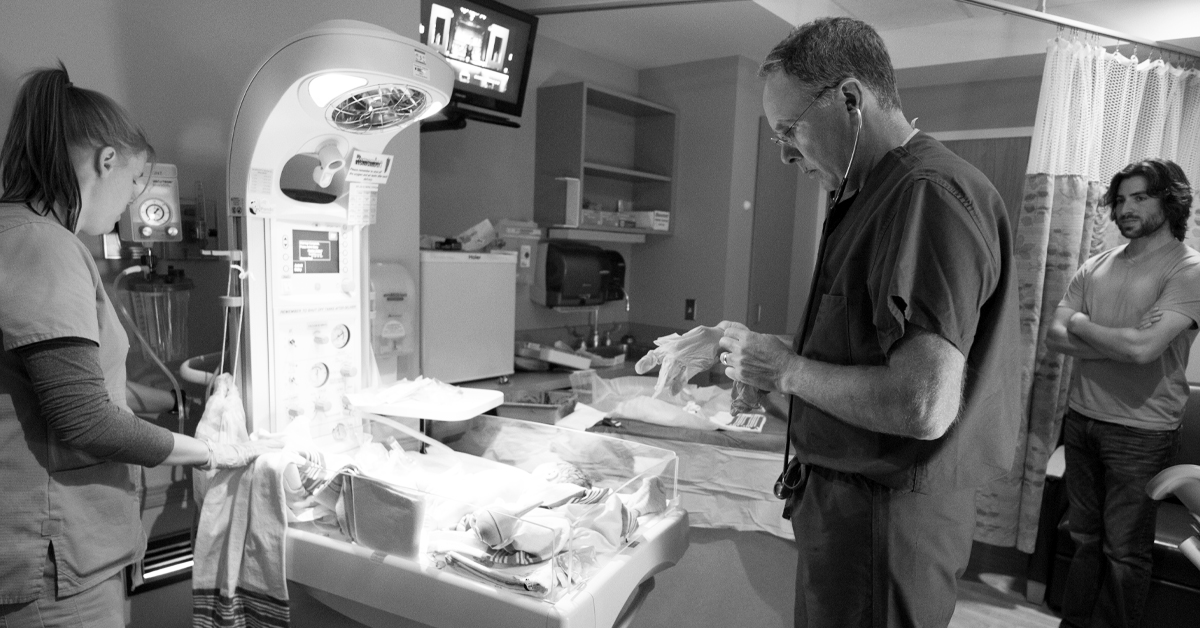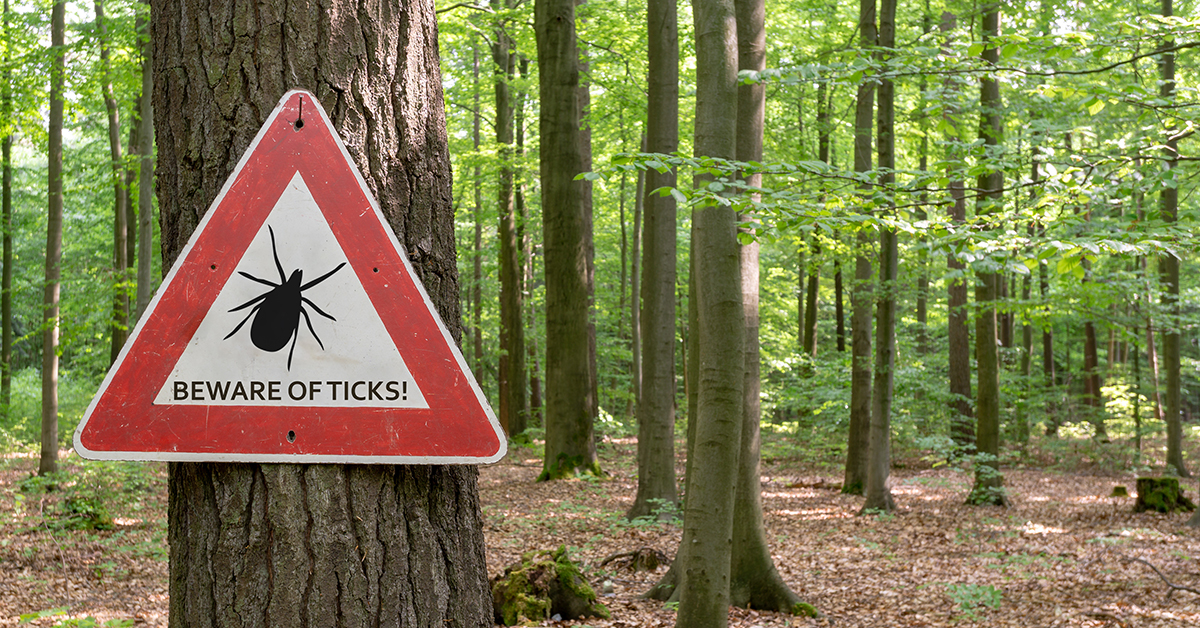Like your skin, bone is a living tissue. It is constantly being broken down and replaced. But unlike your skin, you can’t see what’s happening with your bones.
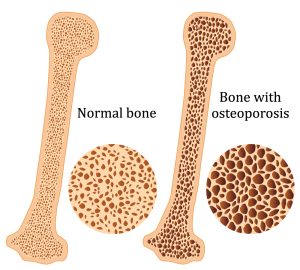
Osteoporosis is a condition that occurs when new bone creation does not keep pace with the loss of old bone. As a result, bones become weak and brittle. There typically are no symptoms in the early stages of bone loss. That’s why osteoporosis is considered a “silent” disease.
With osteoporosis, even a minor fall can lead to a fracture, most commonly in the hip, wrist or spine. In fact, a bone that breaks much more easily than expected can be a sign of osteoporosis. Other signs of osteoporosis can be a loss of height over time, a stooped posture or back pain caused by a fractured or collapsed vertebra.
While osteoporosis can affect men and women of all races, white and Asian women over 65 are at the highest risk. For many women, the disease begins to develop a year or two before menopause. Certain medications (e.g. some cancer medications and glucocorticoid steroids) may increase the risk of developing osteoporosis. Your partners at Welia Health can help detect osteoporosis through different screenings. For more information, go to Osteoporosis: When to start screening for better bone health.
Steps to prevent osteoporosis
You may not be able to see the aging of your bones, like the wrinkles on your face. But you can take measures to avoid the disease and the accompanying fractures. Steps to take include:
- Stay physically active and participate in weight-bearing exercises like walking. The government guidelines recommend 150 minutes per week.
- Use weights, body weight or resisted exercise in 2-3 sessions per week.
- Incorporate balance training in your exercise to reduce the risk of falls.
- Do exercises that have an element of impact, as it helps stimulate bone development. Exercises like running, jumping, skipping and dancing are good choices.
- Drink alcohol only in moderation.
- Quit smoking if you do smoke, and don’t start if you don’t (Quitting tobacco for good).
- Eat a nutritious diet rich in calcium (1300 mg/day) and vitamin D, which help maintain bone health.
Bone density exams
In addition to taking steps to prevent osteoporosis, you may wish to talk to your provider about a bone density exam, commonly referred to as a DXA exam. This non-invasive, enhanced x-ray measures bone health, both density and loss. Exams typically take 15-20 minutes and use a detector that captures images of your lumbar spine and hips. Bone density exams are recommended for:
- Women aged 65 and older
- For post-menopausal women < age 65 with the following risk factors:
- Low body weight
- Prior fracture
- High-risk medication use
- Disease or condition associated with bone loss
- For peri-menopausal, menopausal or post-menopausal women with risk factors for fracture, such as low body weight, prior fracture, or high-risk medication use
- Women discontinuing estrogen
- Men aged 70 and older
- For men < 70 years of age with the following risk factors:
- Low body weight
- Prior fracture
- High-risk medication use
- Disease or condition associated with bone loss
- Men or women with a fragility fracture or disease, or condition associated with low bone mass or bone loss
- Who take medications associated with low bone mass or bone loss
If you already have osteoporosis and your primary care provider prescribed medication to avoid fractures, be sure to take that as directed.
At Welia Health, we believe that prevention is the best medicine, and that mantra is definitely true with osteoporosis. The risk of osteoporosis depends on many factors, so it’s hard to detect the condition until it’s already an issue. That means it’s essential to take steps to reduce your risk of osteoporosis as you age. It just so happens that those steps are the basic tenets of a healthy lifestyle.
If you’re concerned about osteoporosis, talk to your Welia Health provider and learn what you can do today to lower your risk or to determine if a screening is right for you. Visit MyChart or call 320.679.1313 to schedule an appointment.




